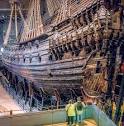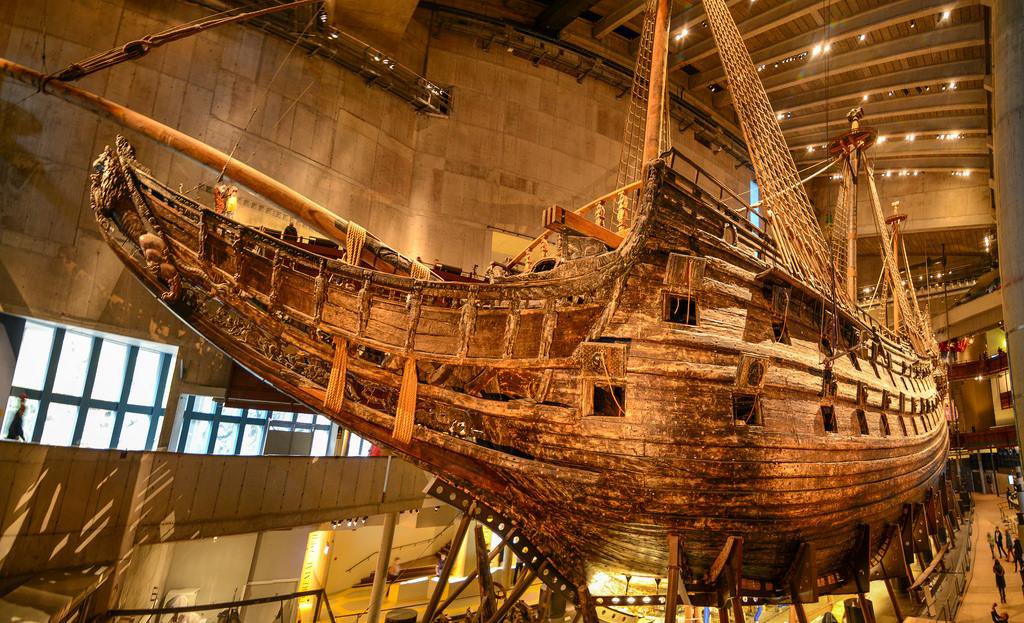
In 1626, King Gustavus Adolphus of Sweden ordered the construction of Vasa. The 17th century saw Sweden grow tremendously. It became a significant power after winning numerous wars against major cities like Denmark, Russia, and Poland and ruling over most of the Baltic region.
King Gustavus Adolphus led Sweden through numerous victories and triumphant wars for 18 out of his 21 years of reign. The Swedish army was deeply involved in battles between 1611 and 1632.
As a result of how strong the kingdom had become and the wars that had been fought, King Gustavus Adolphus commissioned a battleship that seemed to be larger than life. This battleship was eventually named Vasa. Henrik Hybertsson, a renowned shipmaster, designed the ship, and its unique name came from the Vasa dynasty, which King Gustavus Adolphus descended from.
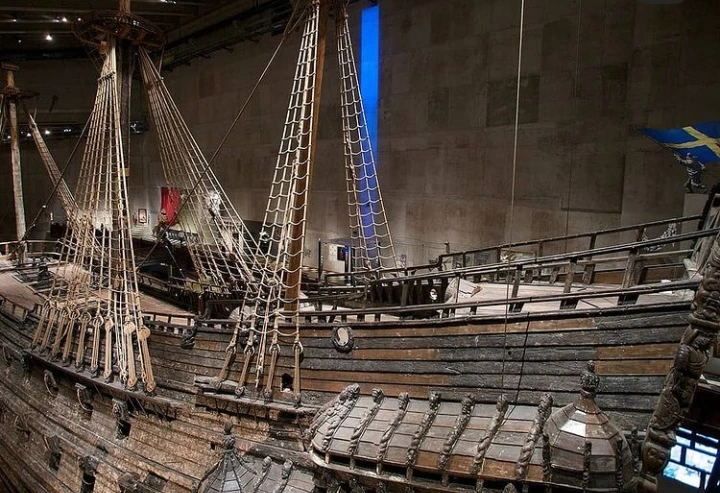
The ship was more than 226 feet, and its body was marked with elaborate cravings that told the stories of the King and the royal family. While there were numerous Swedish warships bigger and stronger than the Vasa, the Vasa had a bronze armoury that surpassed anything that had been done before.
The vasa became a thing of terror with 64 cannon guns, marking it as one of the Swedish royal navy’s most intimidating vessels. It was an engineering feat that attracted so much attention. However, this great warship had a lot of flaws.
The ship was made to carry 36 cannon guns, almost twice the number of cannon guns it weighed. Following investigations after its rediscovery, the ship’s gundeck was too heavy. The vessel was strained by the excess weight it carried. The King also rushed the ship’s construction, which contributed to the flaws.
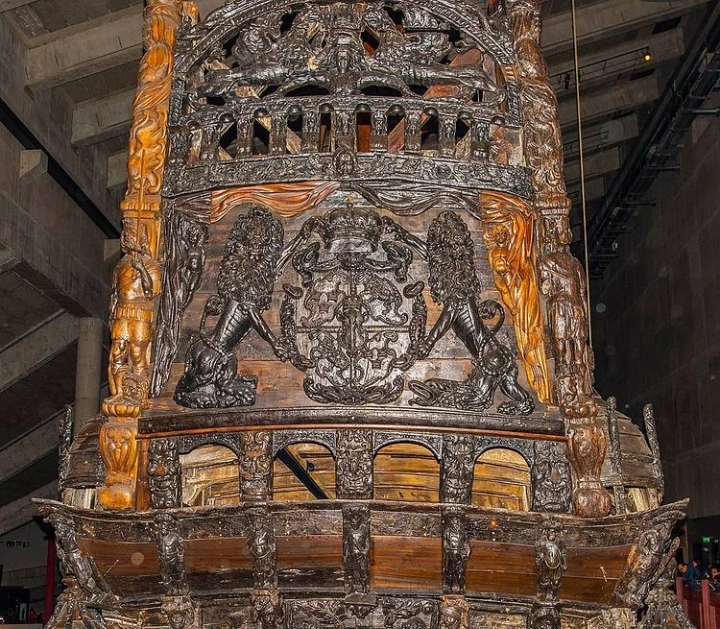
On August 10, 1628, the warship set out on its maiden voyage from Stockholm Harbour, carrying some crew and guests to Vaxholm, where the guests would disembark while the team journeyed onto the island of Älvsnabben.
About 20 minutes after its departure, it was hit by a strong wind that caused it to sink in front of numerous spectators. The spectators watched as a small gust of wind nearly overturned the giant ship onto its side. The boat recovered but was hit by another blast of wind that finally flipped the vessel over onto its gun side.
About 30 people died when the ship sank. Following an investigation by the King’s older half-brother, Admiral of the Realm Karl Karlsson Gyllenhielm, the shipmaster Jöran Matsson admitted that the ship was unstable. The shipwreck was at the bottom of the sea for more than 300 years, and in 1961 when efforts to recover the vessel were formally launched, they saw that the cold temperatures and low oxygen levels at the bottom of the Baltic Sea preserved the integrity of the ship.
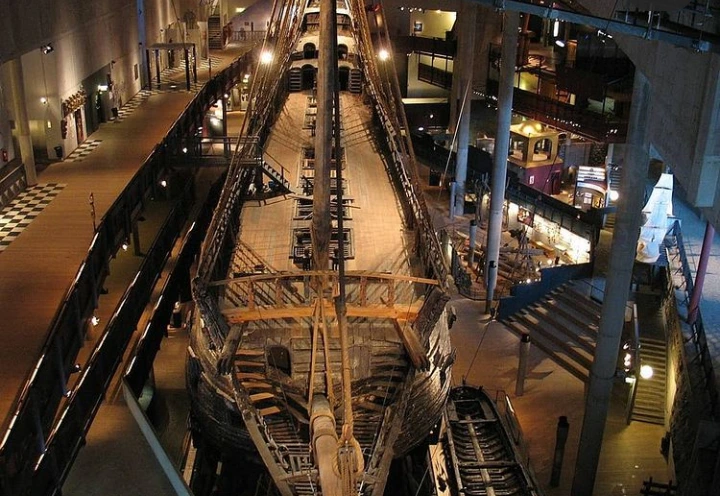
Ninety-five per cent of the ship was recovered, and for three years, the other parts that had fallen off were slowly recovered. Finally, its entire body was sprayed with polyethene glycol to prevent shrinking. Over 40,000 items were recovered, and it took 30 years to catalogue them. Vasa was publicly displayed for the first time at the Vasa Museum in Stockholm in 1990, and it remains there to date. The Vasa warship is the only preserved 17-century warship in the world.

